RE-POINTING
Re-Pointing
Flexible pointing compound was first introduced in Australia only a few decades ago. When a new tiled roof is installed, flexible pointing is applied over the top of fresh mortar that bed the ridge caps to the roof tiles. The flexible pointing compound seals this exposed mortar and, as the names suggests, dries into a flexible compound that is far less prone to cracking with any movement of the roof frame and house. Flexible pointing also complies to Australian Standards for mechanically securing ridge capping. Meaning, it eliminates the need for screws or brackets and clips to ensure ridge caps are not dislodged during storms. This applies for most wind rating categories in south Queensland.
Repointing is a very important maintenance task to ensure a watertight roof. Repointing of the ridge caps should occur when any cracks or deterioration is evident in the flexible pointing, which is generally around 10-15 years.
Here’s a general overview of the re-pointing process for roof tiles
Inspection: An assessment is conducted to determine areas and if repointing is the correct course of action. During an inspection we look for gaps, cracks, or signs of deteriorated ridge pointing and or mortar. It’s important to assess the overall condition of the roof and determine the extent of the re-pointing needed.
Re-pointing: In preparation we drill through to clear out all weep holes, grind back the ridge cap edges and remove any loose mortar. We then blow off all remaining dirt, dust and smaller particles to provide a suitable surface and maximum adhesion for the new flexible pointing. Using a pointing trowel we then neatly apply the colour matched flexible pointing compound to all edges of the ridge caps including overlapping collars as well as any barge caps required.
Finishing touches: Once the flexible pointing has partially dried, we clear though the new weep holes and meticulously check the continuity of the fresh pointing to ensure a neat, professional, and watertight finish is achieved.

COMPETITIVE PRICING

100% Satisfaction Guaranteed

Safety Matters

Combined Experience
Re-Pointing
Benefits of Re-pointing a
Tiled Roof in Australia
1. Leak Prevention
2. Structural Integrity

3. Aesthetic Enhancement

4. Energy Efficiency

5. Prevention of Structural Damage

6. Cost Savings

7. Increased Property Value
Quick Quote
